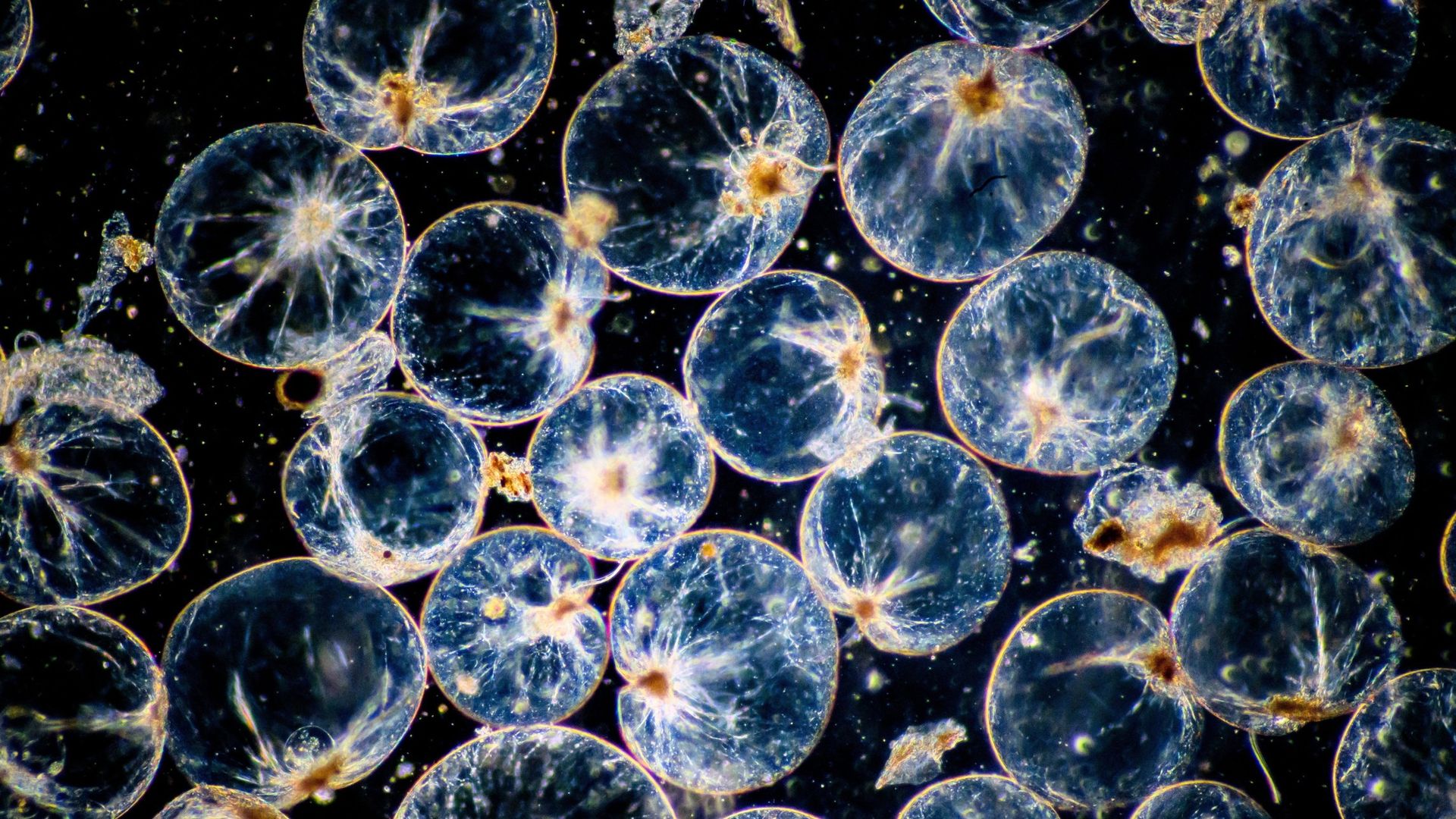
It’s one of the most magical phenomena in nature — night-time bioluminescence, an unearthly blue sparkle that illuminates breaking waves and smears twinkling light across the shore, as if all the stars in the universe had been condensed into a celestial paste.
But where an untrained eye enjoys an enchanting light show, scientist Joaquim Goes sees an alarming and mysterious organism. It’s one he has chronicled for two and a half decades and whose extraordinary rise in the Arabian Sea, his research has found, is linked to climate change.
您已閱讀17%(713字),剩餘83%(3524字)包含更多重要資訊,訂閱以繼續探索完整內容,並享受更多專屬服務。